Exploring Innovations in Mast Climbing Work Platform Safety at the 2025 China Import and Export Fair
As the construction industry evolves, so do the safety standards and innovations aimed at protecting workers in high-rise environments. The 2025 China Import and Export Fair, set to showcase the latest advancements in construction technology, presents a prime opportunity to evaluate the state of Mast Climbing Work Platform Safety. According to the International Labour Organization, construction remains one of the most hazardous sectors, accounting for approximately 60,000 fatalities annually worldwide. The implementation of stringent safety measures and innovative designs is crucial, as projections indicate an annual growth rate of 7.5% in the demand for mast climbing platforms through 2026. Events like the Canton Fair not only highlight emerging technologies but also foster discussions on best practices and regulatory compliance, ensuring that safety remains a top priority as the industry advances.
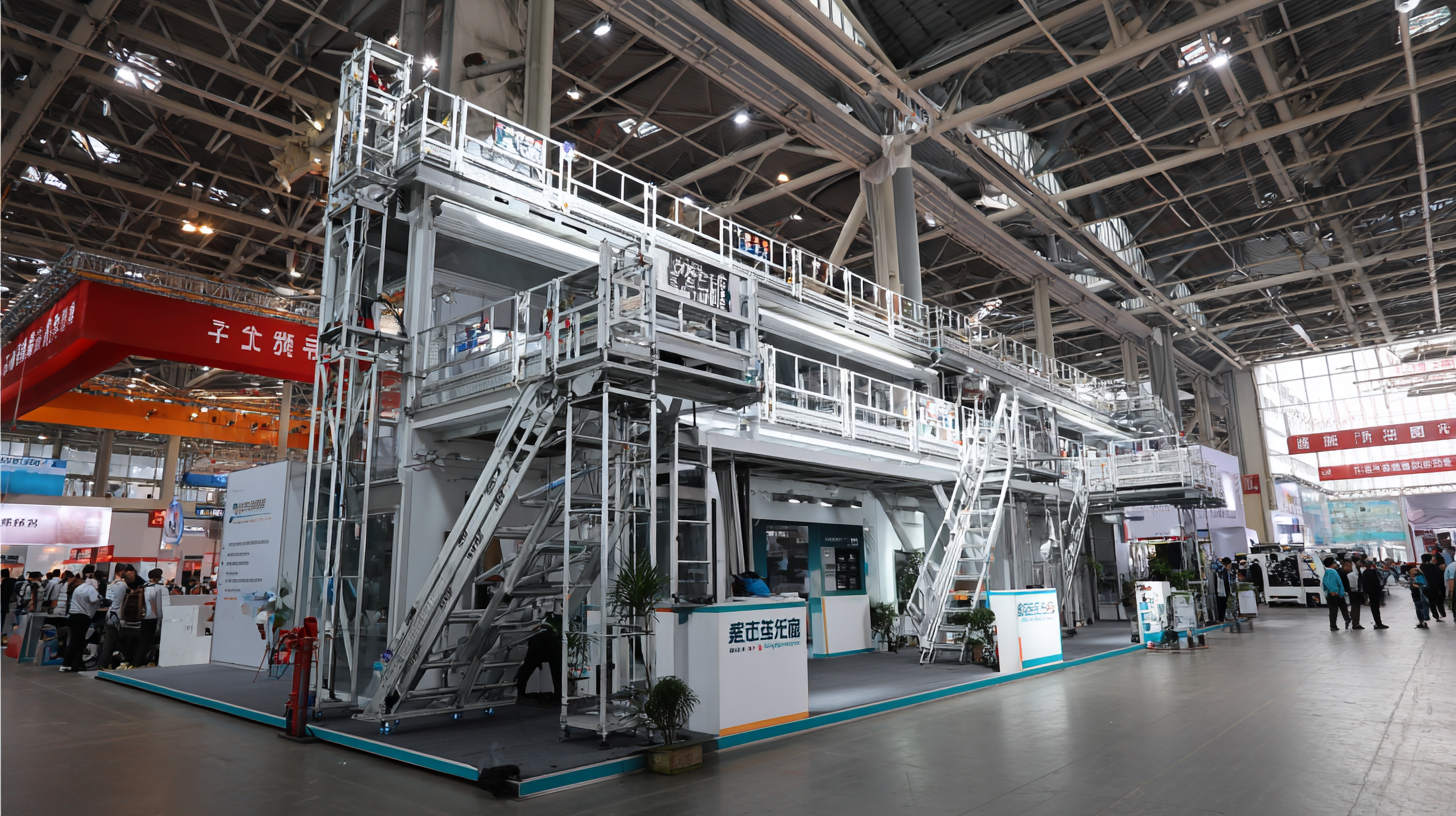
Innovative Safety Features for Mast Climbing Work Platforms at Trade Fairs
At the upcoming 2025 China Import and Export Fair, the spotlight will be on innovative safety features for mast climbing work platforms. Safety is paramount in any construction environment, and advancements in design and technology are addressing older risks while introducing new solutions. Features such as automatic stabilization systems, enhanced fall protection mechanisms, and intuitive user interfaces are transforming how these platforms operate, ensuring safer work conditions for operators and workers alike.
**Tips for Safety on Mast Climbing Work Platforms:**
1. Always conduct a pre-operational safety inspection to check for equipment malfunctions.
2. Ensure that all personnel are trained and familiar with safety protocols before operating the mast climbing platform.
3. Utilize personal protective equipment (PPE) such as helmets and harnesses to further minimize risk.
These innovations aim not only at compliance with current safety standards but also at exceeding them, showcasing a commitment to worker safety. The integration of smart technology, such as sensors that monitor platform stability, can significantly reduce accidents, making these platforms not only more effective but also safer for everyone involved.
Technological Advancements Impacting Worker Safety Standards
At the 2025 China Import and Export Fair, the focus on innovations in mast climbing work platforms has underscored the significance of technological advancements in enhancing worker safety standards. According to a report by the International Labor Organization, workplace accidents in the construction industry account for approximately 60,000 fatalities annually worldwide, highlighting the urgent need for improved safety measures. The adoption of advanced technologies such as smart sensors and AI-driven monitoring systems is projected to reduce these incidents significantly, potentially lowering accident rates by up to 30% over the next decade.
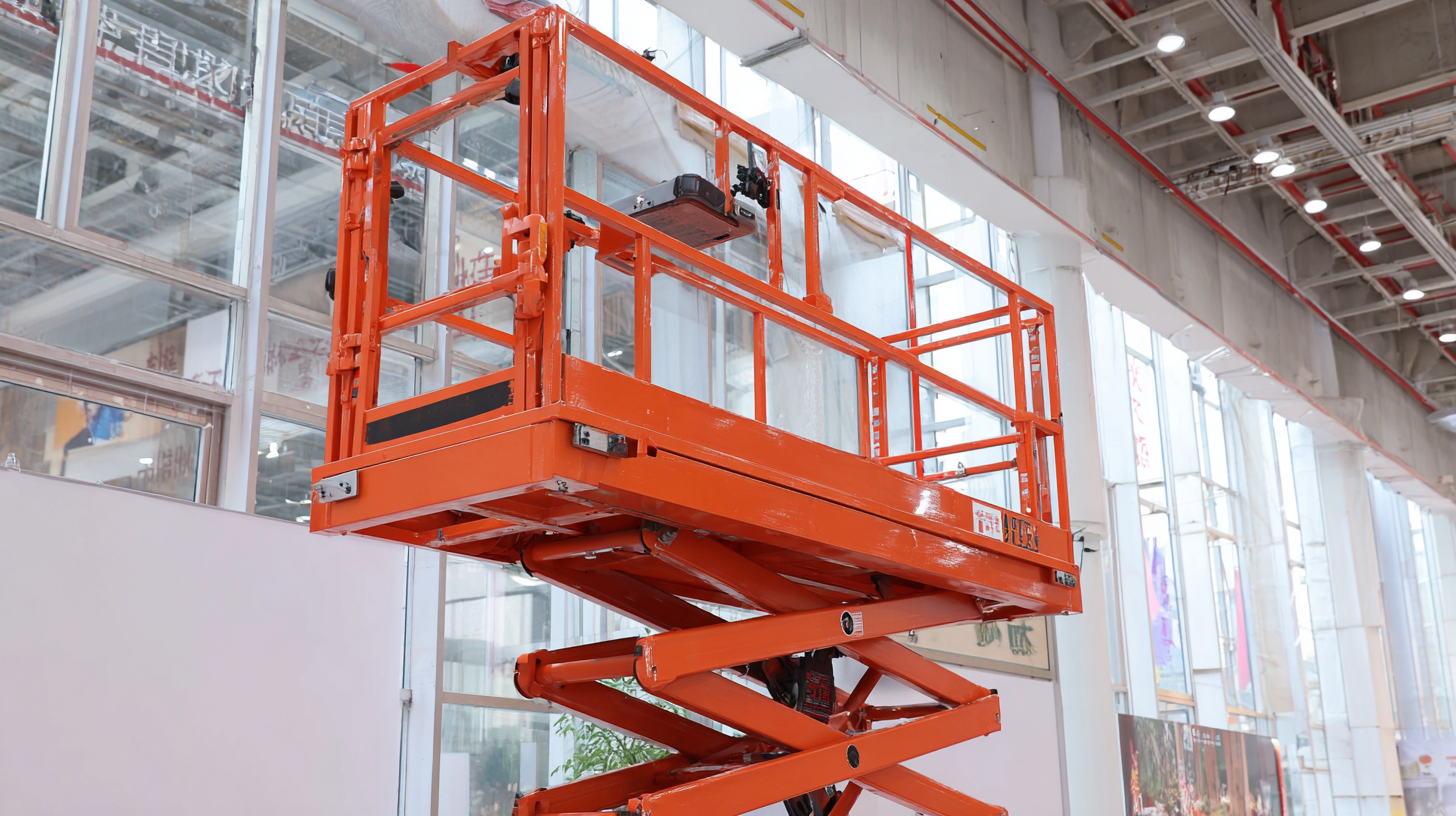
Recent developments in mast climbing work platforms include integrated safety systems that allow real-time data analysis and feedback. For instance, a study conducted by the Health and Safety Executive revealed that the use of automated safety checks can lead to a 25% decrease in human error-related incidents. Furthermore, innovations such as GPS tracking and environmental monitoring are becoming essential features, ensuring not only compliance with safety regulations but also fostering a culture of proactive safety management on construction sites. As these technologies evolve, they represent a substantial step toward minimizing risks and enhancing protection for workers across the industry.
Real-World Applications of Safety Innovations in Construction
The construction industry is witnessing a significant transformation with the introduction of real-world safety innovations aimed at enhancing worker protection. The advancements in technology, such as wearable devices, drones, and predictive analytics, play a crucial role in promoting a safer work environment. For instance, wearables can monitor workers' health metrics and environmental conditions in real-time, alerting them to potential hazards before incidents occur. Coupled with drones for site surveillance, these tools not only improve safety but also streamline construction processes by enabling quick assessments of job sites.
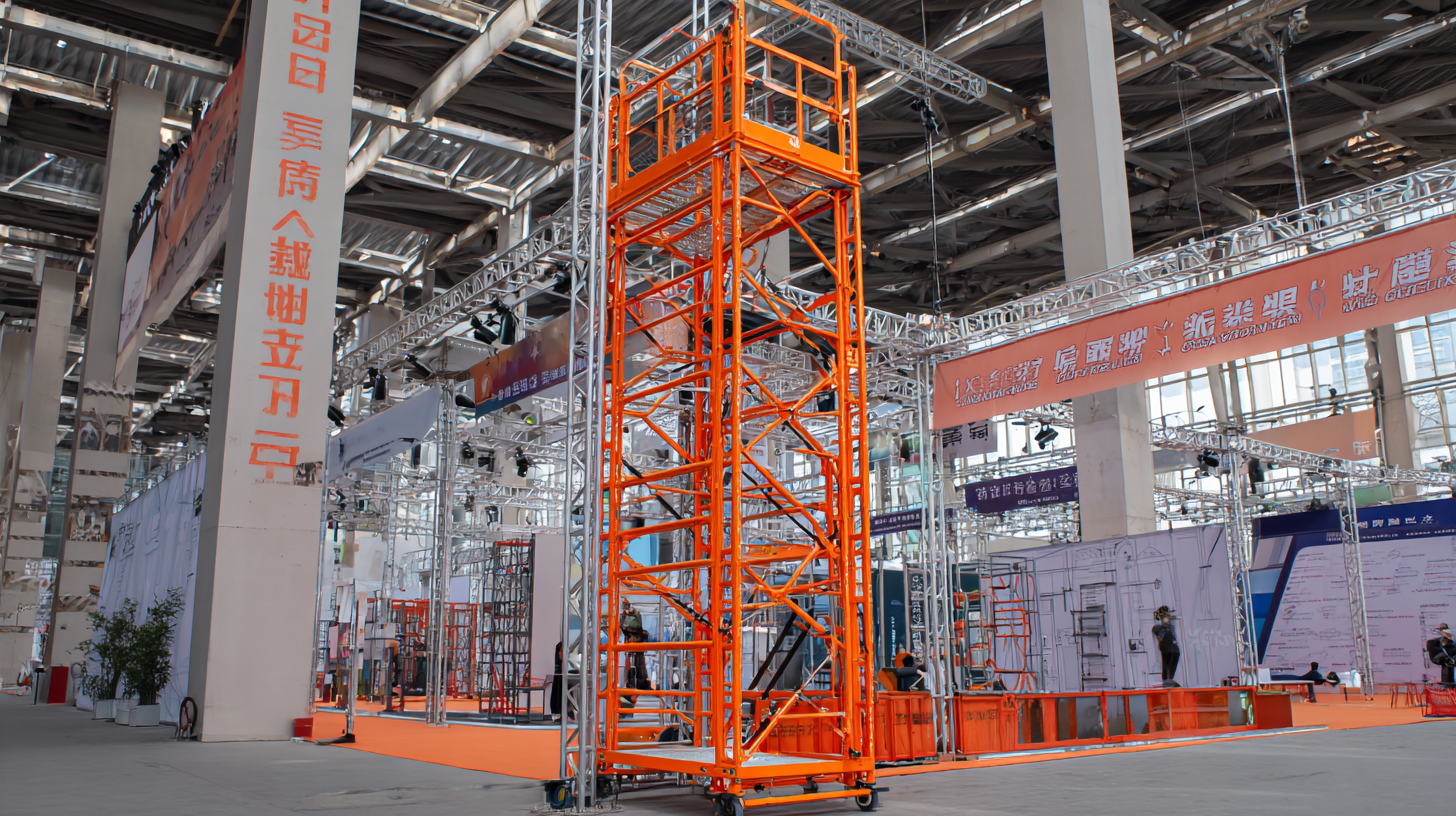
In addition to technology, the emergence of energy-efficient materials further contributes to safety in construction. These materials often come with built-in safety features, such as lower emissions and fire-resistant properties, which protect both workers and the environment. By integrating innovations like machine learning and IoT into construction safety protocols, companies can predict and prevent accidents, ultimately leading to a more secure and efficient working atmosphere. The 2025 China Import and Export Fair highlights these crucial developments, showcasing how safety innovations are reshaping the construction landscape and reinforcing the industry's commitment to worker well-being.
Regulatory Challenges and Compliance for Mast Climbers in China
The mast climbing work platform (MCWP) industry in China has been experiencing rapid innovations; however, regulatory challenges continue to pose significant risks to safety compliance. According to a recent industry report by the China Construction Machinery Association, construction accidents involving mast climbers have surged by 15% in the past three years, highlighting the urgent need for stringent regulations and adherence to safety protocols. The current regulatory framework must evolve to address these emerging safety concerns, particularly as the industry grows.
Tips: Ensure regular training and certification for operators to minimize risks. Also, implement thorough inspections and maintenance checks, adhering to the latest national standards outlined by the Ministry of Housing and Urban-Rural Development of China.
Additionally, the enforcement of compliance measures is paramount in fostering a safer work environment. While many manufacturers are innovating to enhance the safety features of their systems, the lack of uniform regulatory standards may result in inconsistent safety practices across different regions. Industry stakeholders must collaborate to establish comprehensive guidelines that promote safety and compliance for mast climber operations.
Tips: Stay updated on regulatory changes and proactively adapt operational practices. Leverage technology to monitor compliance and enhance safety management systems.
Safety Compliance in Mast Climbing Work Platforms
Future Trends in Mast Climbing Work Platform Design and Safety
The future of mast climbing work platforms (MCWPs) is set to experience transformative innovations aimed at enhancing safety and efficiency in construction. As the industry shifts towards smarter technologies, we are likely to witness the integration of advanced sensors and monitoring systems that provide real-time data on platform stability and worker safety. This evolution will not only ensure compliance with stringent safety regulations but also foster a culture of proactive risk management on construction sites.
Moreover, design trends are leaning towards modular and versatile platforms that can adapt to various construction scenarios. Incorporating lightweight materials will not only improve transportability but also enhance the overall structural integrity of MCWPs. Companies are investing in research that focuses on intuitive controls and automation, reducing the margin for human error and improving worker ergonomics. These advancements, showcased at events like the 2025 China Import and Export Fair, will pave the way for safer, more efficient construction practices that prioritize the well-being of workers while optimizing productivity.
Exploring Innovations in Mast Climbing Work Platform Safety at the 2025 China Import and Export Fair - Future Trends in Mast Climbing Work Platform Design and Safety
| Innovation Type | Safety Feature | Implementation Year | Expected Impact |
|---|---|---|---|
| Smart Load Monitoring | Real-time load feedback | 2025 | Reduces the risk of overload |
| Automated Safety Checks | Self-diagnostics systems | 2024 | Enhances operational safety |
| Fall Protection Systems | Integrated harness attachment | 2025 | Minimizes fall-related injuries |
| Enhanced Stability Features | Automatic leveling systems | 2024 | Increases platform safety during use |
| Wearable Technology Integration | Health monitoring devices | 2025 | Promotes worker well-being |
Related Posts
-

7 Essential Tips for Ensuring Safety with Mast Climbing Work Platforms
-

China Made Best Ansi Mewp Standard Innovations Driving Global Sales Growth
-
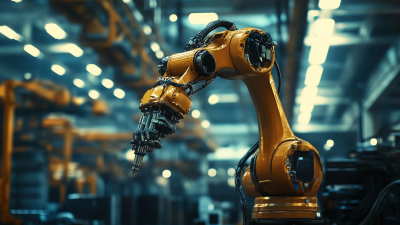
Navigating Tariff Challenges How Chinese Manufacturing Thrives with Best Ansi Standards
-

China Manufacturing Global Trust with Best Latest Ansi Standards
-
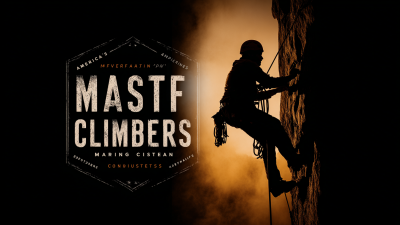
Exploring Innovative Applications of Best American Mast Climbers in Modern Construction Projects
-

Finding the Right Supplier for Best Easy Climb Mast Climbers Your Ultimate Guide to Quality and Reliability
